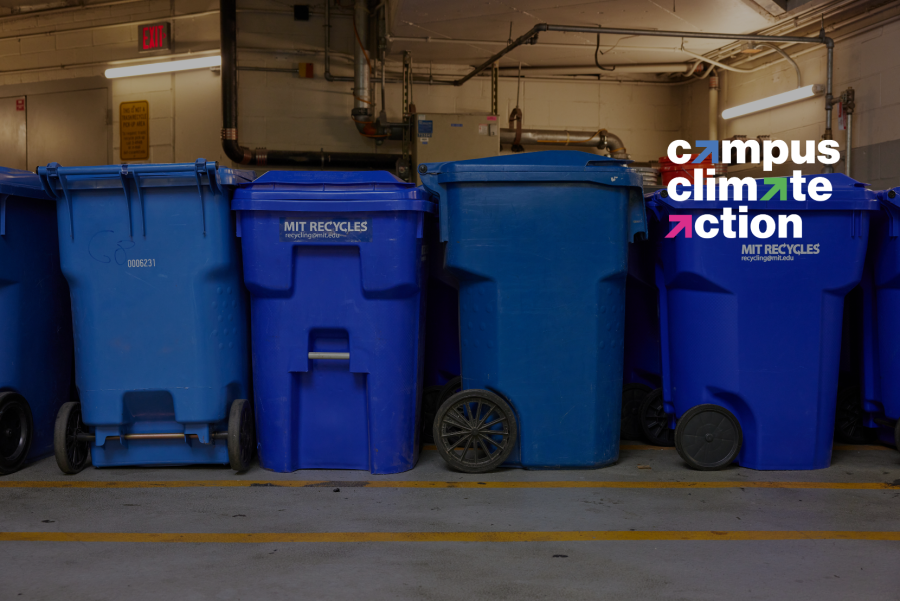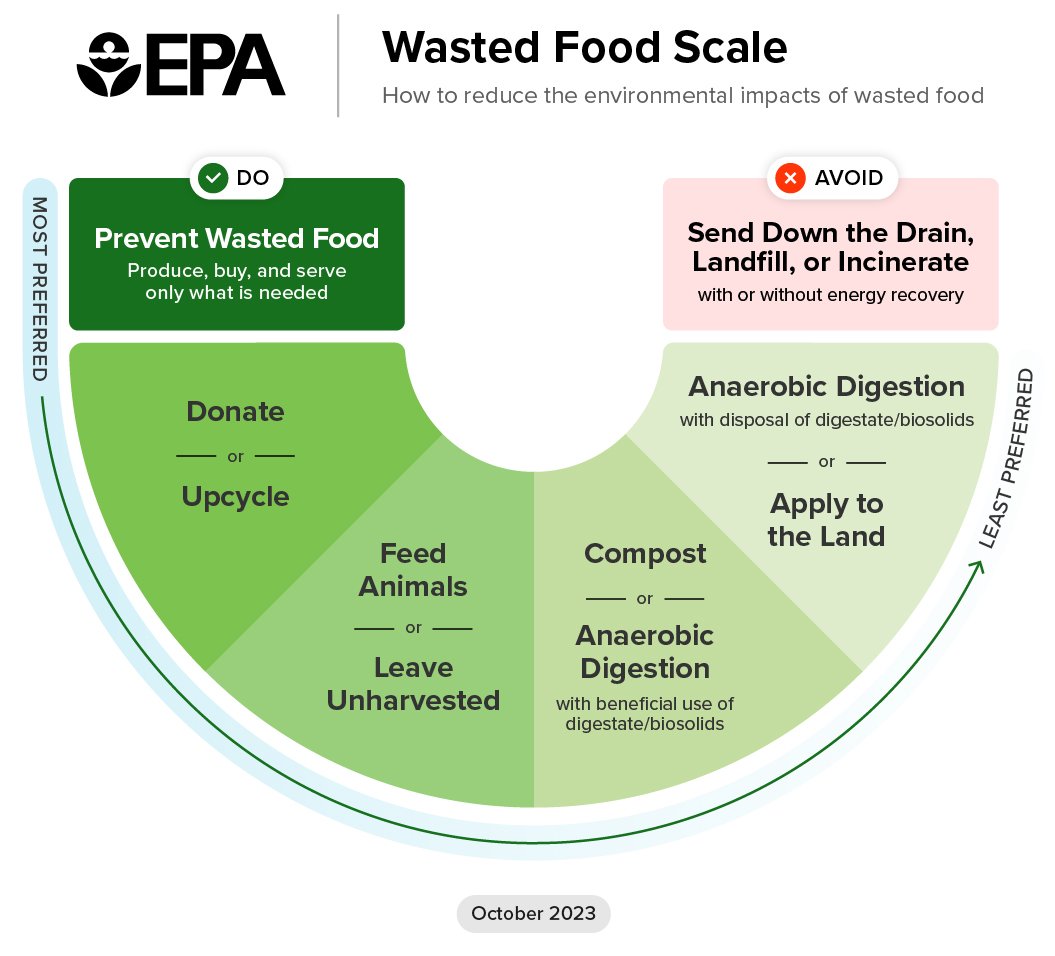
Research has shown that centralized waste stations are better for decreasing waste stream contamination (i.e. placing the wrong material into the wrong bin such as a banana peel into the trash or recycling) and significantly reduces plastic bag use. A centralized bin collection system encourages practices that can lead to healthier workplaces and generate waste materials that can be recycled and reprocessed rather than landfilled or incinerated. See this study from Media Lab that reduced contamination by using centralized waste stations.






